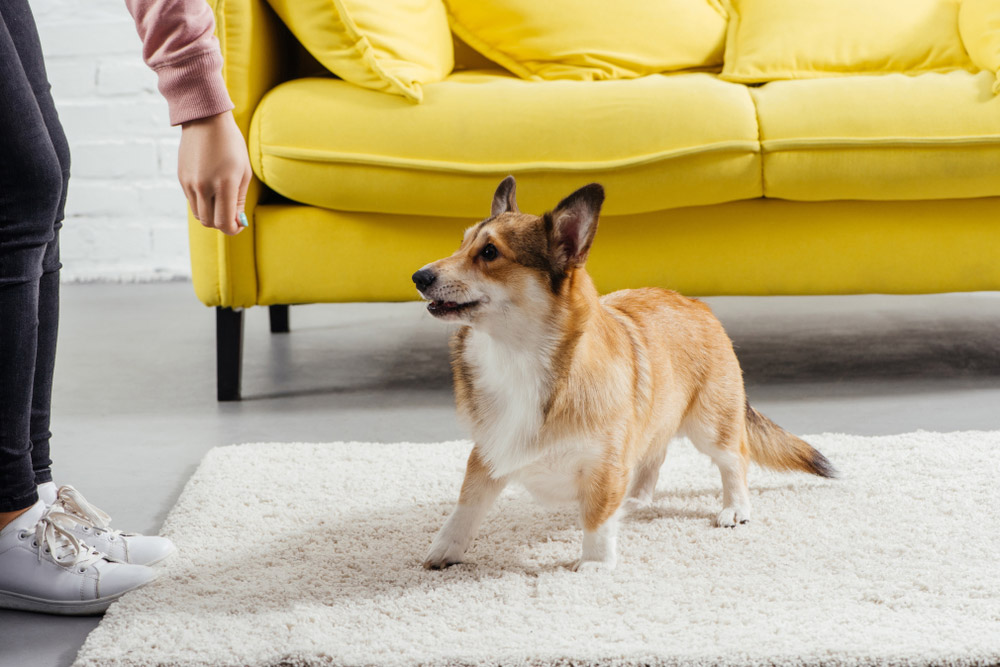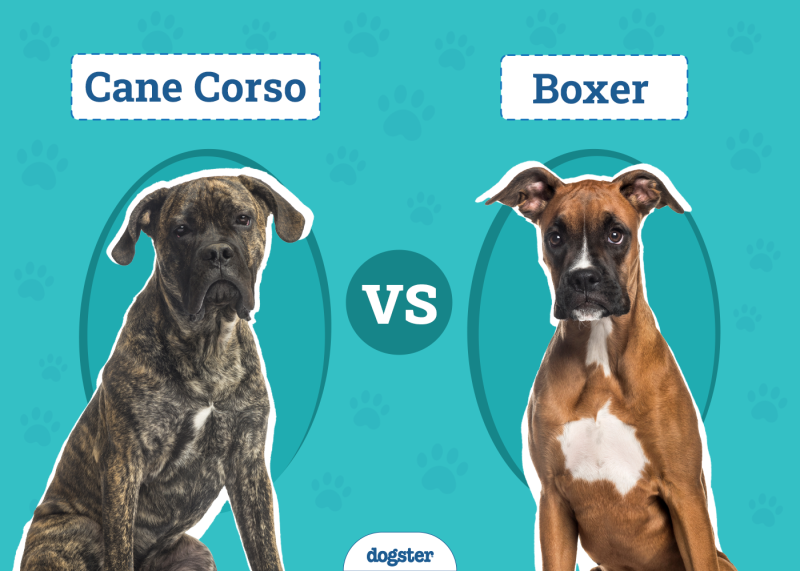Your dogs may think they have the run of your home, but as their pack leader, you ultimately dictate the rules and are tasked with enforcing them. If your number one goal right now is to train your dog to stay off your furniture, you’ll need a plan to achieve it. Read on to find our eight training tips for keeping your furniture off-limits without compromising the bond you’ve built with your pet.

The 8 Tips on How to Keep Your Dog Off Furniture
1. Start Immediately
It’s much easier to train your dog to steer clear of your sofa from the moment you bring them home than it is to allow them access to your furniture for the first few months (or years) and then decide you don’t want them on it right away.
However, if your dog is older, know that it is not impossible to train them to stay off your furniture. It just may take some extra time and patience from your end to achieve the same goal.

2. Be Consistent
Once you’ve decided to keep your dog off your furniture, stick to your guns and make sure everyone else in the house is willing to do so, too. For example, you’ll be sending your pup mixed messages if you tell them they cannot be on the sofa, but your kids let them on when you’re not looking. If your dog isn’t allowed on your furniture, they can never be on the furniture.
3. Teach Them the “Off” Command
“Off” is a great cue to teach your due as it’ll come in handy in a variety of scenarios. Not only will knowing “off” keep your pup off the furniture, but it’ll be useful in situations where they insert themselves inappropriately. For example, when your pup greets strangers by standing and putting their paws on them or when they put their feet or body on your counter or table.
Every time your dog jumps onto your furniture, confidently say “off” and reward them with praise or a high-value treat if they obey. As with teaching any other command, consistency and positive reinforcement are key. Over time, your pup will learn that the couch is off-limits.

4. Give Them Their Own Bed
Your dog may be using your sofa as their napping spot simply because they do not have one of their own. Make sure you have enough beds in your home for each of your dogs and that they’re in areas of your home they’ll be able to relax and nap. For example, you may not want your pup’s bed to be in the kitchen, where there’s always a lot of commotion.
5. Add Physical Deterrents
Making your furniture inaccessible to your pup is a great way to manage their couch-surfing behaviors when you’re not around.
Your dog won’t be able to get onto the couch if there are barriers in the way. While having a bunch of cushions or laundry baskets on your couch during the hours you’re at home isn’t exactly convenient or aesthetic, you may consider using something like that to block your dog’s access to your furniture when you’re not home.
Strategically placed baby gates can also block your pup from getting into things they shouldn’t be while you’re out of the house.
You can also purchase pet repellents, such as aluminum furniture covers, from online retailers like Amazon. However, their efficiency can vary. Plus, they do not look that nice on the furniture!

6. Crate Train Them
Crate training is a great option for house-training puppies, as those who are happy in their crates do not go on your furniture or get themselves into any trouble when you’re out of the house.
7. Avoid Using Harsh Punishment
Dogs learn best through positive reinforcement training, so yelling at your pup or physically punishing them when they’re on your furniture will not get you far. Not only do harsh punishments simply not work for dogs, but continually using such disciplinary techniques can negatively impact your relationship.
Never use shock collars or scat mats to deter your dog from any behavior. These can cause stress, fear, and pain and can create completely new anxiety-based behavioral issues that can be extremely challenging to deal with.

8. Enlist the Help of the Pros
If none of the above techniques are working, it may be time to hire a dog trainer. These professionals can work with you to create a training regimen that works for you and your dog. Though this will involve a financial investment, it’ll be worth it for you if you’re seriously committed to keeping your furniture dog-free.

Final Thoughts
Training your dog to stay off the furniture is totally doable, though it may take some time and patience, especially if you’re working with a dog that was previously allowed on the furniture. Try combining some of the above techniques to see what works best for your dog, and don’t hesitate to reach out to professional dog trainers if you’re really struggling.
Featured Image Credit: Prostock studio, Shutterstock


















